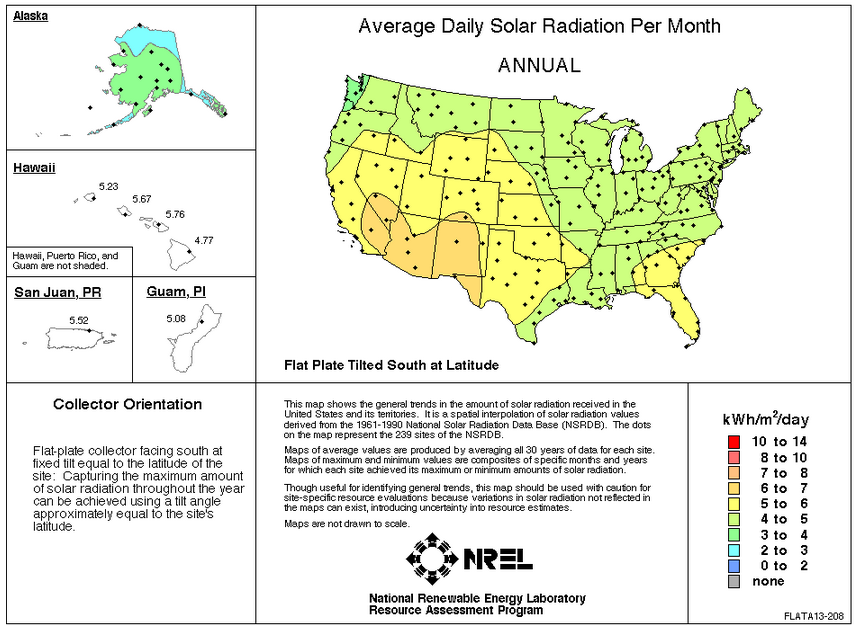retirementguy1
Recycles dryer sheets
- Joined
- Apr 21, 2014
- Messages
- 233
Hi everyone, Solar City has recently expanded into the Las Vegas market. I have two options for solar panels. I can pay outright to the tune of $21k (I would get a 30% tax credit so maybe $15k) or Solar City will install and maintain the panels and I simply pay them for my usage. There are no out of pocket costs. It is a 20 year contract. I will lower my power bill by about 20% and it's also eco-friendly.
I'm just wondering if anyone has done business with them and any thoughts in general are welcome. Solar City has a strong relationship with Elon Musk of Paypal, SpaceX, and Tesla Motors fame.
This sounds like a great deal but it also seams a little too good to be true.
Thanks
I'm just wondering if anyone has done business with them and any thoughts in general are welcome. Solar City has a strong relationship with Elon Musk of Paypal, SpaceX, and Tesla Motors fame.
This sounds like a great deal but it also seams a little too good to be true.
Thanks

